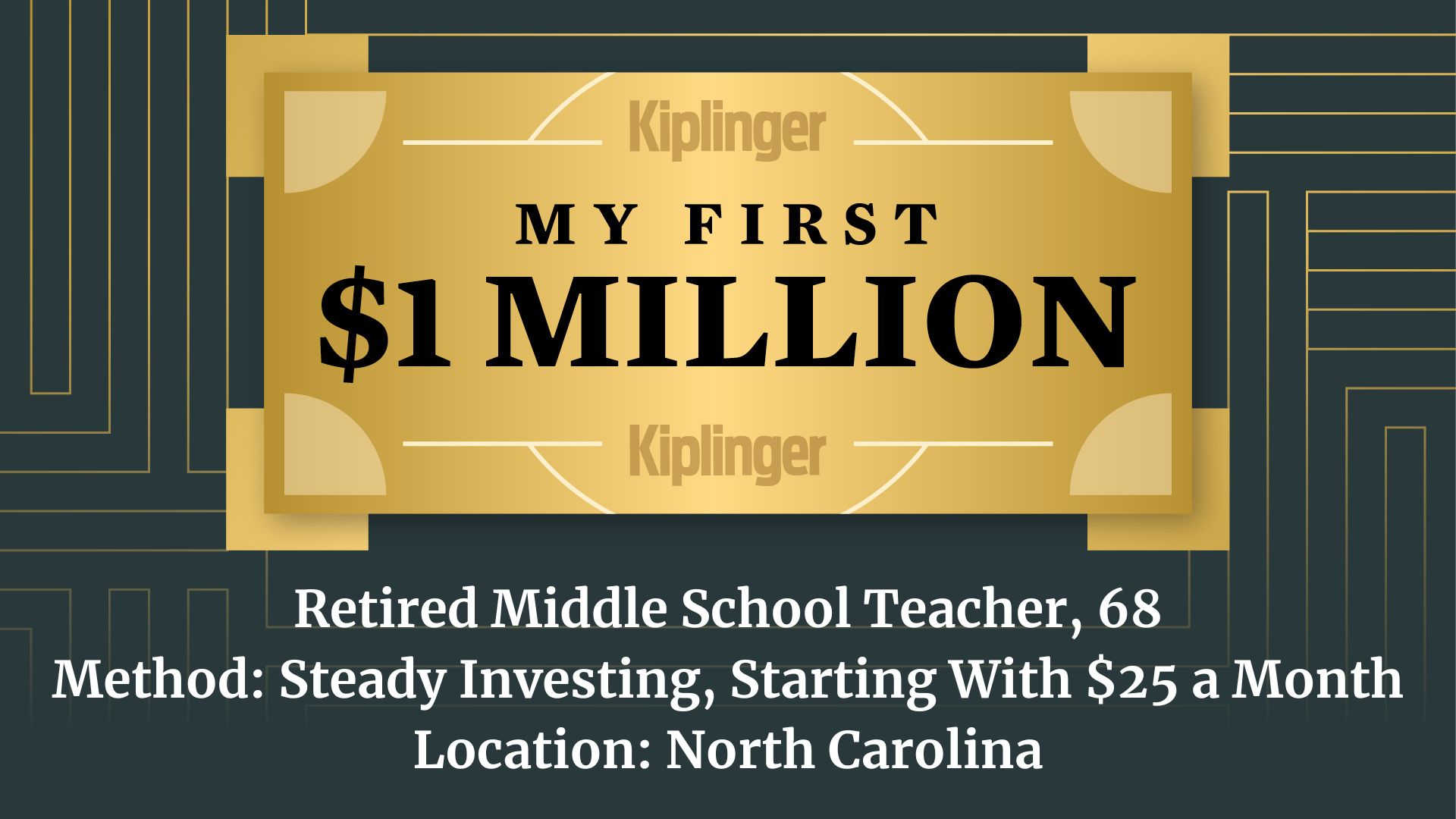Kiplinger Business Costs Outlook: Uncertainty Lower, Costs Higher
Trade deals reduce tariff uncertainty, but lock in higher costs of imports.

Kiplinger Economic Outlooks are written by the staff of our weekly Kiplinger Letter and are unavailable elsewhere. Click here for a free issue of The Kiplinger Letter or subscribe for the latest trends and forecasts from our highly experienced Kiplinger Letter team.
Measures of business uncertainty have begun to ease recently, with tariff deals being announced with Japan and the European Union. The National Federation of Independent Business (NFIB) Uncertainty Index declined in June and will likely come down further in July. When uncertainty declines, businesses tend to be more willing to invest and expand. Perhaps related to the decline in uncertainty is that bank lending for commercial and industrial purposes has bumped up in June and July after staying flat for two years. However, businesses are still showing their caution by limiting their hiring plans.
Labor costs continue to ease slowly at the mid-year mark. Annual wage growth has dipped from 3.9% at the beginning of the year to 3.7% now, and should hit 3.5% by the end of 2025. However, production worker/blue collar wage growth should stay a bit higher, at 3.7%, as slowing immigration reduces labor supply for these jobs. Of course, the construction, agriculture, retail, leisure and hospitality industries will be most affected by possible labor shortages because of their reliance on immigrants.
From just $107.88 $24.99 for Kiplinger Personal Finance
Become a smarter, better informed investor. Subscribe from just $107.88 $24.99, plus get up to 4 Special Issues

Sign up for Kiplinger’s Free Newsletters
Profit and prosper with the best of expert advice on investing, taxes, retirement, personal finance and more - straight to your e-mail.
Profit and prosper with the best of expert advice - straight to your e-mail.
Tariffs will add about 15% to the cost of most imports, on average. Businesses will face the decision of whether to pass that cost along to end-users or customers. Some will accept reduced profit margins in order to maintain current customer relationships. As more trade deals are made and the future landscape turns more predictable, businesses can project pricing decisions better. But the prices of raw materials like steel, aluminum, copper and graphite could jump, given special tariff rates of 50% or more. Commerce Department investigations are continuing for semiconductors, pharmaceuticals and lumber. A lumber import tariff of 35% is expected when that investigation concludes in the next month or two.
Other tariffs that have been implemented include an additional 20% on imports from China, bringing the rate to 30%; 25% on imported motor vehicles; 25% on imports from Canada and Mexico that were not covered under the previous USMCA agreement (which is up for renegotiation in July 2026); and 10% on energy imports from Canada. Recent trade agreements include 15% tariffs on Japan and the European Union, and 10% on the United Kingdom. Important for foreign automakers is that these trade deals mean a reduction from the original tariff of 25% imposed on auto imports back in April.
The cost of shipping by truck will follow the seasonal pattern of the past two years. Rates have fluctuated in a narrow band for a while, and won’t pick up appreciably until demand for manufactured goods and home construction improves. However, UPS and FedEx rates have spiked this year as earlier surcharges appear to be permanent. As a result, shippers are looking to slower, cheaper services like FedEx Ground Economy, UPS Ground Saver and, of course, the U.S. Postal Service.
Related Stories
Profit and prosper with the best of Kiplinger's advice on investing, taxes, retirement, personal finance and much more. Delivered daily. Enter your email in the box and click Sign Me Up.

David is both staff economist and reporter for The Kiplinger Letter, overseeing Kiplinger forecasts for the U.S. and world economies. Previously, he was senior principal economist in the Center for Forecasting and Modeling at IHS/GlobalInsight, and an economist in the Chief Economist's Office of the U.S. Department of Commerce. David has co-written weekly reports on economic conditions since 1992, and has forecasted GDP and its components since 1995, beating the Blue Chip Indicators forecasts two-thirds of the time. David is a Certified Business Economist as recognized by the National Association for Business Economics. He has two master's degrees and is ABD in economics from the University of North Carolina at Chapel Hill.
-
 Metro by T-Mobile Is Giving Away This Samsung Galaxy A16: Which Plans Are Eligible?
Metro by T-Mobile Is Giving Away This Samsung Galaxy A16: Which Plans Are Eligible?Metro by T-Mobile is offering free Samsung Galaxy A16 phones on eligible plans right now. Here’s how the deal works.
-
 I Drive and Collect Classic Cars: Here’s How I Got Started
I Drive and Collect Classic Cars: Here’s How I Got StartedAre classic cars a hobby or an investment strategy — or both? Either way, the vintage car scene is much cooler and more affordable than you think.
-
 My First $1 Million: Retired Middle School Teacher, 68
My First $1 Million: Retired Middle School Teacher, 68Ever wonder how someone who's made a million dollars or more did it? Kiplinger's My First $1 Million series uncovers the answers.
-
 The $183,000 RMD Shock: Why Roth Conversions in Your 70s Can Be Risky
The $183,000 RMD Shock: Why Roth Conversions in Your 70s Can Be RiskyConverting retirement funds to a Roth is a smart strategy for many, but the older you are, the less time you have to recover the tax bite from the conversion.
-
 A Financial Pro Breaks Retirement Planning Into 5 Manageable Pieces
A Financial Pro Breaks Retirement Planning Into 5 Manageable PiecesThis retirement plan focuses on five key areas — income generation, tax management, asset withdrawals, planning for big expenses and health care, and legacy.
-
 4 Financial To-Dos to Finish 2025 Strong and Start 2026 on Solid Ground
4 Financial To-Dos to Finish 2025 Strong and Start 2026 on Solid GroundDon't overlook these important year-end check-ins. Missed opportunities and avoidable mistakes could end up costing you if you're not paying attention.
-
 Nasdaq Leads as Tech Stages Late-Week Comeback: Stock Market Today
Nasdaq Leads as Tech Stages Late-Week Comeback: Stock Market TodayOracle stock boosted the tech sector on Friday after the company became co-owner of TikTok's U.S. operations.
-
 Disney’s Risky Acceptance of AI Videos
Disney’s Risky Acceptance of AI VideosThe Kiplinger Letter Disney will let fans run wild with AI-generated videos of its top characters. The move highlights the uneasy partnership between AI companies and Hollywood.
-
 Are You Putting Yourself Last? The Cost Could Be Your Retirement Security
Are You Putting Yourself Last? The Cost Could Be Your Retirement SecurityIf you're part of the sandwich generation, it's critical that you don't let the needs of your aging parents come at the expense of your future.
-
 I'm an Insurance Pro: It's Time to Prepare for Natural Disasters Like They Could Happen to You
I'm an Insurance Pro: It's Time to Prepare for Natural Disasters Like They Could Happen to YouYou can no longer have the mindset that "that won't happen here." Because it absolutely could. As we head into 2026, consider making a disaster plan.
-
 The Future of Philanthropy Is Female: How Women Will Lead a New Era in Charitable Giving
The Future of Philanthropy Is Female: How Women Will Lead a New Era in Charitable GivingWomen will soon be in charge of trillions in charitable capital, through divorce, inheritance and their own investments. Here's how to use your share for good.